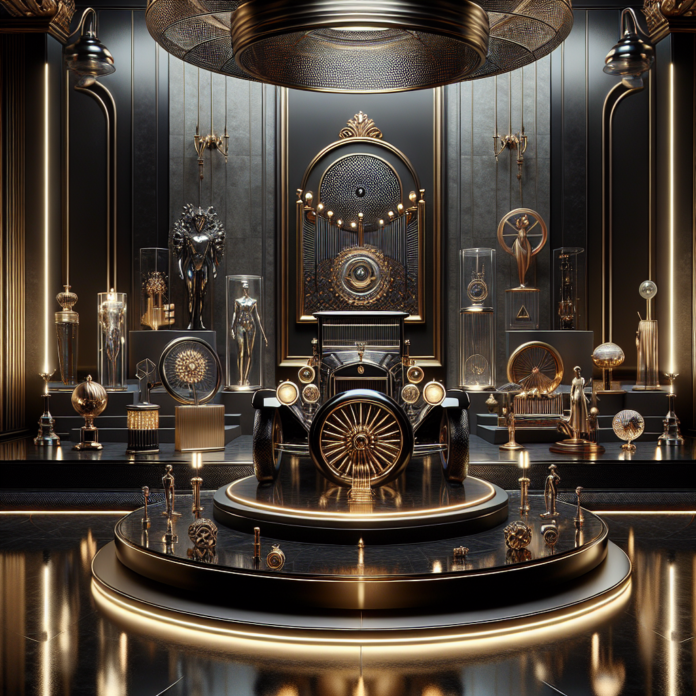
The rise of digital art and its place in the world of collectors
The art world is witnessing a transformative era where the digital canvas is becoming as revered as the physical one. This shift marks a significant evolution in the way art is created, appreciated, and collected. As we delve into the realms of digital art and traditional masterpieces, we uncover a fascinating narrative of innovation, heritage, and cultural significance.
- The Rise of Digital Art
- Understanding Traditional Art
- Collecting Digital Art: A Modern Phenomenon
- Cultural Impact and Artistic Recognition
- Future Perspectives in Art Collecting
The Rise of Digital Art
The inception of digital art can be traced back to the 1960s, with pioneers like Harold Cohen and Frieder Nake who explored the potential of computers in creating art. Today, digital art encompasses a wide range of practices, from digital paintings and sculptures to interactive installations and NFTs (Non-Fungible Tokens). The accessibility of digital tools has democratized art creation, enabling artists from diverse backgrounds to express their creativity without the need for traditional materials.
Technological Innovations and Artistic Expression
Advancements in technology have not only expanded the toolkit available for artists but have also enhanced the ways in which audiences engage with art. Interactive art installations, for example, invite viewers to become part of the artwork, creating a dynamic experience that is both personal and communal.
Understanding Traditional Art
Traditional art is steeped in history and craftsmanship. Whether it is a Renaissance painting, a Baroque sculpture, or an ancient artifact, each piece holds a story of the cultural and historical context in which it was created. The techniques used, from oil painting to stone carving, are passed down through generations and revered for their complexity and skill.
The Role of Craftsmanship in Traditional Art
The meticulous craftsmanship involved in traditional art forms is a testament to the artist’s skill and dedication. The physicality of materials like canvas, wood, and metal adds a tangible quality to the artwork, making each piece unique.
Collecting Digital Art: A Modern Phenomenon
With the advent of blockchain technology and NFTs, digital art has found a new avenue in the world of collecting. Collectors are now able to own original digital artworks, verified through blockchain, which ensures authenticity and ownership in a way that was not previously possible with digital reproductions.
Challenges and Opportunities in Digital Art Collection
While digital art opens up new possibilities for collectors, it also presents challenges such as the preservation of digital files and the understanding of technological platforms. However, these challenges are accompanied by the opportunity to support contemporary artists and invest in art forms that reflect the digital age.
Cultural Impact and Artistic Recognition
Digital art is increasingly recognized in major cultural institutions worldwide. Museums and galleries are curating digital art exhibitions, recognizing its potential to reflect contemporary societal themes such as digital privacy, artificial intelligence, and virtual reality.
Integration of Digital and Traditional Art Forms
There is a growing trend of integrating digital technology with traditional techniques, creating hybrid artworks that bridge the gap between the old and the new. This fusion not only enriches the artistic landscape but also invites a broader audience to appreciate the continuum of art history.
Future Perspectives in Art Collecting
The future of art collecting is poised to be inclusive, diverse, and technologically integrated. As digital and traditional art forms continue to converge, collectors and enthusiasts are encouraged to explore and embrace the evolving landscape of the art world.
For further exploration into the world of digital art, consider visiting institutions like the Museum of Modern Art (MoMA) or engaging with platforms that specialize in digital art sales and exhibitions.
